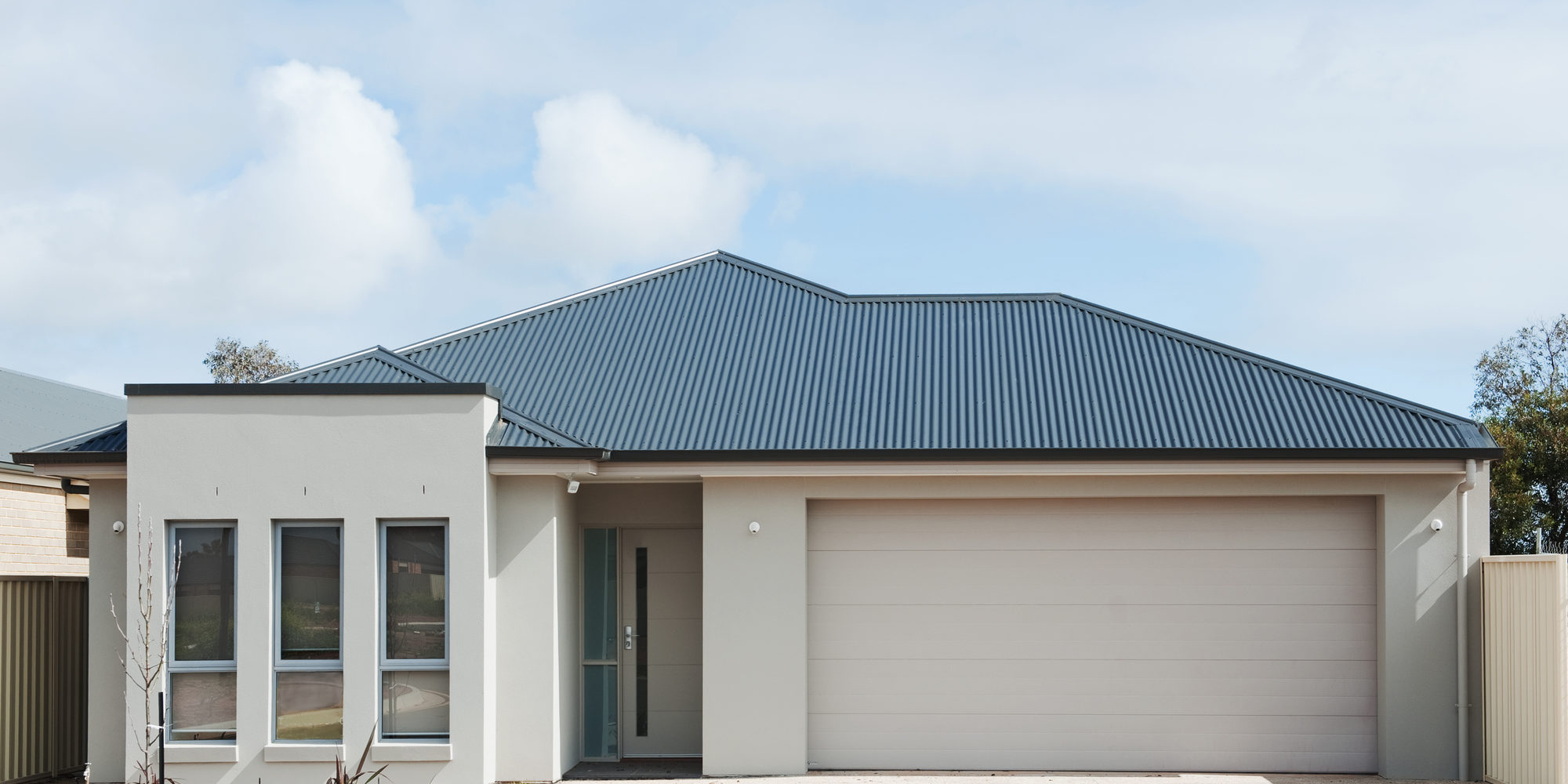A blue roof is a roof that is designed to hold water. These roofs will collect rainwater and other precipitation so that it can be drained slowly or redirected for re-use. In cramped urban areas, this can be a great way to get maximum use from your rooftop space.
Although it might seem like a contradiction, blue roofs are some of the greenest roofs around. This radical new concept in roofing is designed to make maximum use of rainwater for a variety of purposes, as well as to prevent runoff damage where necessary. Not only is it good for the environment, but it offers some unique benefits to the homeowner. However, this is a new idea, and new ideas don’t always work out. Let’s take a closer look at this fascinating design.
Active Vs. Passive
These roofs are meant to release their water slowly. Of course, there has to be a means of controlling their drainage. This is where we need to understand the differences between an active blue roof and a passive blue roof.
The difference lies in the method by which they control their water flow. Active systems are controlled by a computer that monitors the water pressure against a valve, automatically controlling the outflow based on that pressure. They also monitor the water level on the roof so that overflow can be prevented.
Passive systems do not require direct control and are usually based on physical obstructions or pressure valves. A smaller drainage hole will drain much slower, and this principle can be used to control the level of drainage.
Benefits Of A Blue Roof
One of the benefits of a blue roof is the fact that it’s made to be water-resistant. Because of this, normal roof leakage will be far less likely to occur. Of course, you still need to be vigilant and keep your eye out for any leaks, but they are less likely to happen here. That’s because a blue roof has to be heavily reinforced to handle the extra weight.
The environmental benefits of this roof style are obvious. Cities tend to waste a lot of water whenever it rains, and the constant runoff from all those buildings can wreak havoc on the infrastructure of any city. When it gets bad enough, sewers can even overflow…and the results are quite disgusting.
A rooftop garden is a great way to grow food even if you don’t have a yard in which to grow. Some even believe that rooftop gardening has the potential to help cities become more self-sufficient, and this is easy to believe. By using a blue roof, you can turn that rooftop garden into a self-watering garden. All you really have to do is install a pump that sends rainwater directly from the roof to the beds. Some plants can even be grown on floating beds, allowing your blue roof to become a magnificent water garden.

If you aren’t into gardening, you could also turn your blue roof into a shallow rooftop pool. Those who live in hot environments might find this option to be particularly appealing. Naturally, you will have to install some kind of filtration system so that you aren’t swimming in dirty water.
Blue roofs are nearly always flat roofs. Trying to create something like this on a sloping roof would be impractical, so many people do not try. It should be noted that flat roofs are normally more vulnerable to leakage, but a blue roof gives you a way to deal with this problem.
Traditionally, a flat roof is made with a very slight pitch so that water can flow out of drain pipes at the lowest point. This design does work, but it leaves little room for error. Thus, a better method of stormwater management is needed for flat roofs. While there are many solutions out there, a blue roof is one of the most promising.
Drawbacks Of A Blue Roof
There are a few little issues with this type of drainage system. For one thing, it all relies on the proper functioning of drains and valves. If one of those valves becomes clogged with debris (which can easily happen), the results could be bad. If unable to drain, the roof would continue to accumulate water until it overflowed. Worse yet, all that extra weight could put the roof under more strain than it was intended to handle.
That brings us to the factor of weight. Water weighs about 8.3 pounds per gallon, and a blue roof could easily hold 200 gallons or more. Let’s think about that for just a minute. If you have only 50 gallons of water on the roof, that’s an extra 415 pounds or so. So, a hundred gallons would be 830 pounds, and 200 gallons would add 1660 pounds.
Every roof has a certain weight limit, and it’s usually calculated in terms of pounds (of load) per square inch. The average wooden roof can handle about 15 pounds per square foot. So, this means that the water that is retained on your blue roof should never be more than two feet deep at any time.
Conclusion
Although this idea comes with some inherent difficulties, some would say that the potential benefits are well worth the trouble. Water is the basis of all life, and anything that helps us to manage that resource more effectively is a good thing. Besides, the whole point of a flat roof is to create extra space, and this is one of the best ways to use that space. We hope that our article has given you some ideas and sparked your interest. If so, please fill out the contact form below for more interesting articles like this one.







